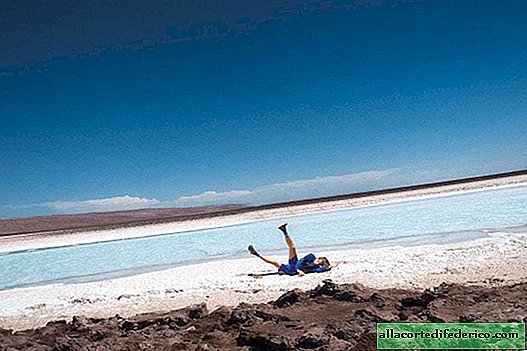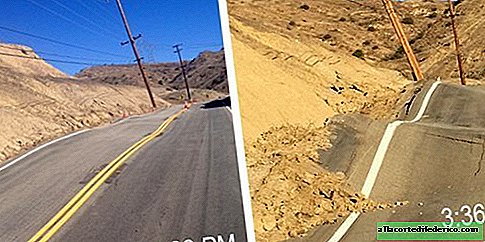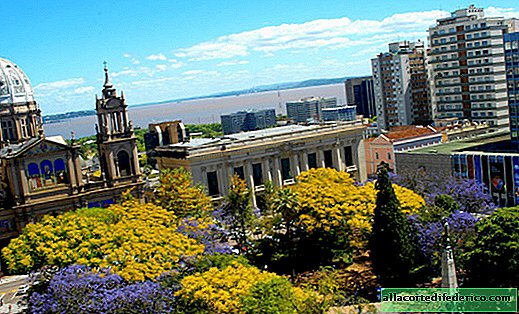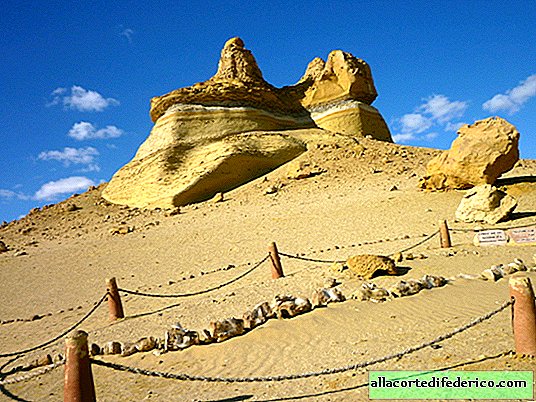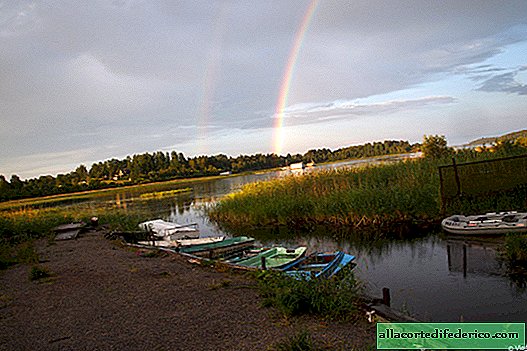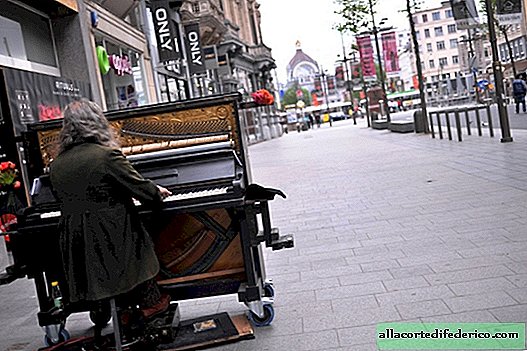How Islamic craftsmen made stunning mosaics in the 8th century
Earthquakes, despite the terrible consequences, sometimes preserve for archaeologists unique objects that otherwise would not have reached us. For example, thanks to such a cataclysm that happened 1300 years ago in the north of the Arabian Peninsula, scientists were able to learn the technology by which local artisans created the famous mosaic in the 8th century.
Workshop at home
The ancient house was probably bombarded on January 18, 749, when a strong earthquake occurred near Jerash, an ancient city located on the territory of modern Jordan. Before the earthquake, artisans assembled mosaics on the floor of the house, but a natural disaster prevented them from completing the work.

As a result, the house turned into a “time capsule”, allowing modern archaeologists to see how artisans from the reign of the Caliph Umayyad dynasty collected decorative mosaics in the early Islamic period. When archaeologists found it in the northwestern part of the city, they called it "Tesser's House" in honor of the individual parts of the tessera (a special decorative piece of bone, marble or clay), of which they made a mosaic.

The house probably belonged to wealthy people, as it had several rooms surrounding a courtyard with a rainwater collection tank buried in the ground. The house also had a porch decorated with Corinthian columns. The top floor of a two-story house fell to the first during an earthquake. All the rooms at that time were empty, apparently, the owners took things out for repair.
Beauty warehouse
What archaeologists found during the excavation was a preparation for new wall paintings in the house, and then for new mosaics. The floor of the upper floor was already decorated with large mosaics with geometric patterns. On the ground floor, gutters were found, filled with thousands of mosaic tessers that were new and had not been used before. That is, the tessers were not just thrown into a heap, but carefully stored before use.

Researchers also discovered the skeleton of a young man who was probably trying to run out of a house during an earthquake. The metal hammer found next to it was used to make tessers, which were made of white and pale pink limestone, as well as black stone, which has not yet been identified.

Judging by the historical finds in this area of Jerash, people returned here after the earthquake not earlier than the 12th century. Perhaps all the surviving residents of the northwestern quarter moved to the central part of the city.
Based on materials from Livescience.com



